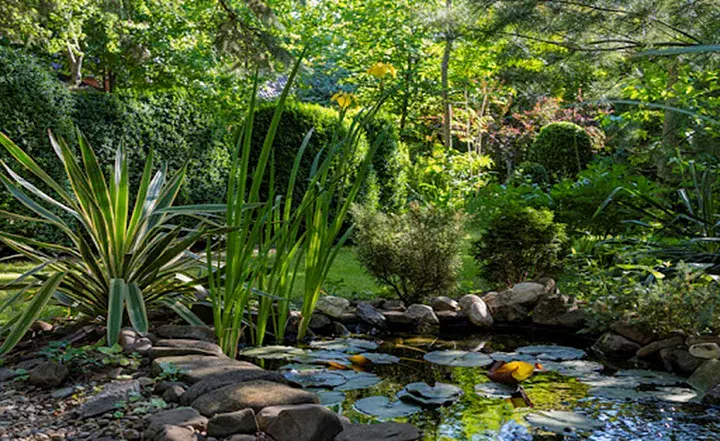The Ultimate Guide to Choosing the Perfect Koi Pond Filter
- Aqua Bead
- Jul 30, 2024
- 3 min read
Koi ponds have closed systems that recirculate the water continuously. As in any aquatic habitat, debris will accumulate over time. An external skimmer must be used to remove it at regular intervals during the year. Your koi pond filter will flourish if you use a quality filter system.
Understanding Biological Pond Filters
●Promote Healthier WaterBiological koi pond filter work to promote healthier waters on a cellular level by creating an enviroment conducive to bacteria capable of breaking organic wastes and toxic substances down. This natural cleaning process is similar to that of rivers, where bacteria collect on the pebbles in the bottom and dismantle toxic substances as the water passes over them.
●How do Microorganisms clean the water? After passing through a skimmer, a horizontal mat and a biological filter, the water is further purified by bacteria living in filter media. These microbes break down contaminants into harmless nutrients which are then released back into water before being absorbed into plant roots for their own purposes.
●The Benefits of Mechanical Filtration and Biological Filtration However, biological filters by themselves may not be the best option for your pond. They could lower oxygen levels and harm fish. Additionally, biological filter media can get clogged up with debris and slow down the filtration process.
Why a powerful pump is important
You will also need a powerful pump to run these filters and return water for the fish's health and enjoyment. Micron filters are used in mechanical filtration to remove suspended solids from water tanks. The "Micron Size" of each particle captured by these micron filter is called. Mechanical koi pond filter are available in a variety of micron sizes, including one, five, 10, or 20 microns. While larger microns can remove more particles, they may also leave behind debris that complicates the biological filtering process.
Ammonia is created when bacteria in the pond breakdown proteins, organic compounds, and feces. Dead algae, uneaten food or other sources left in the water can also produce ammonia. This problem can be eliminated by using a mechanical filter that has the right pore size. Your koi will also become healthier
The role of biological pond filters
Chemical koi pond filter are able to remove contaminants at a molecular scale, which mechanical and biological filters cannot. Chemical koi pond filter can be tailored to target specific impurities, depending on the tank owner's needs.
Carbon can be used to remove phosphate more effectively than ever before. It is combined with ion-exchange resins and zeolite, which increase their effectiveness. GFO (Glyphosate filtertrate obtained) is another form of chemical filter that binds the phosphorus molecules to make them more difficult for bacteria in your pond to absorb. It can be used in conjunction with other filters, such as lime scale control agents or carbon filters to address all pollutants that may be present in aquarium water.
Gravity-fed filters are popular for filtering pondwater. They're usually installed above the pond, and they use a pump to circulate water through them. Many of them are easy to maintain because they have few parts that can wear out over time. They often come with bio balls and floors, which act as bacteria filter media. These will convert ammonia/nitrates to less harmful forms such as less toxic nitrates.
Alternatives to Chemical Treatments
In a world that is becoming increasingly polluted, plants also provide a great habitat for fish. They offer protection from predators as well as food through the microbes colonizing their leaves. The three main types of aquatic plants are: submerged, floating and emerged. Water meal, duckweed, and azolla are examples of floating aquatic plants. Aquatic plants that are just emerging usually grow along the edge of the pond, with their roots submerged but the foliage above the surface. Cattails, American lotus, iris lilies, reeds and sedges are some of the aquatic plants that can be found in your pond. Submerged aquatic plants include Eurasian water milfoil, pondweed contrail and pondweed. They also help to remove nitrates, phosphates and other harmful substances from your water.
Why Choose GC TEK?
Opting for GC TEK products and services when designing or renovating water features or ponds is an excellent decision, providing excellent customer service as well as expert advice in selecting products to best meet your needs and fixing problems quickly and reliably. An investment with them could make managing ponds enjoyable without stress; visit their website, GC TEK, for further details or call their number 1-405-258-5555 to find out more information or give them a call on this number: 1-405-258-5555.





Comments